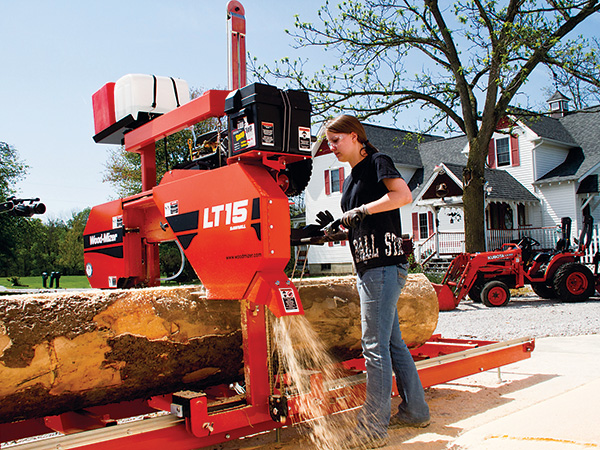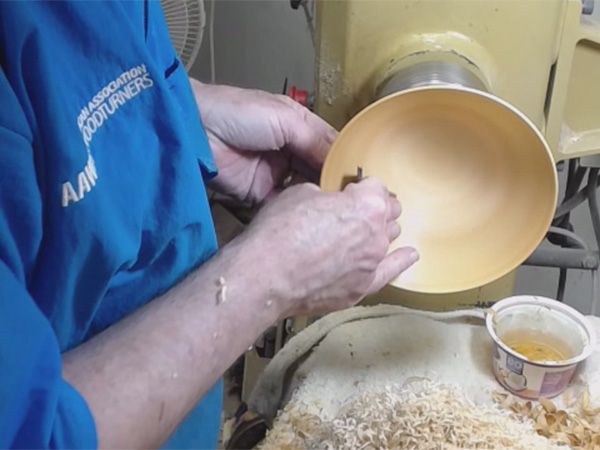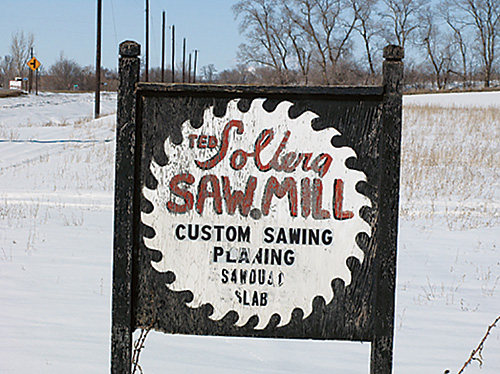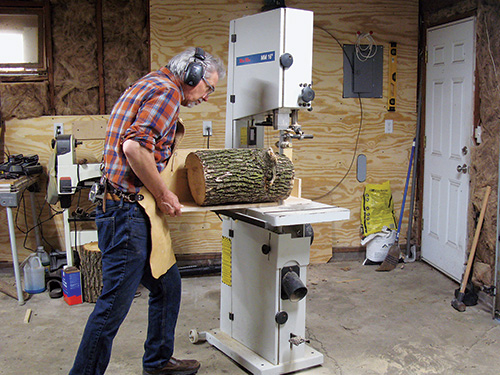
As “The Rime of the Ancient Mariner” bemoaned, “Water, water everywhere and not a drop to drink.” In the same manner, if a woodworker needs some green lumber for a specific job, we can see it all around us … it literally grows on trees. But getting a piece that suits our needs can be frustrating. That said, finding sources isn’t as hard as it might seem; it just takes a bit of imagination.
Bowl Blanks

Turning green lumber is perhaps the number one use for unseasoned, wet wood. Depending on where you live, there are trees all around you. When a neighbor drops a tree, often they will be more than willing to let you grab a chunk or two, especially if you bring your own chainsaw. You’ll need to further refine the wood with a froe, band saw or chainsaw to get a workable blank out of the piece, but that’s another story.
Many bowl blanks you purchase from woodworking suppliers like Rockler are green lumber, but not all of them. If the blanks are coated with wax, the chances are high that they are green wood.
Local Mills or Online

I did a quick Internet search of “sawmills near me” and found three of them within 50 miles. One is a favorite of mine, and I know of two others that did not even come up in the search. My point here is that you can probably find a local sawmill reasonably close to you. They will be happy to sell you green lumber, and they probably have dried lumber for sale as well.
The selection will probably be limited, compared to a traditional lumberyard. But that can lead to some serendipitous choices. My first (and at this time only) use of Tennessee coffee tree lumber occurred because it was basically my only option. It turned out to be a great wood to use — beautiful, strong and finished well.
When buying from a small local mill, the operator may be happy to help you, or you may be a bit annoying to him. You may need to be diplomatic and open-minded. After all, this ain’t a big box store.
Another way to get green lumber is through online marketplaces like Craigslist. That poses a bit more risk than a sawmill, as you will really not be able to truly know what you’re getting. A moisture meter would be a great tool to have when you buy lumber with a sketchy origin. So will a handheld metal detector or nail finder.
Milling Methods

I own a 16″ band saw and a chainsaw. When I get access to newly downed trees in my yard or around the neighborhood, I will often make my own blanks or boards. I secure a section of trunk in a jig that keeps it from rotating as I slice a couple of boards from it. I can then take it off of the jig and, with the flat face of the wood on the saw table, use the fence to make more cuts. It is slow and dusty work, but I find it enjoyable, and I can make my own choices regarding grain and figure orientation.
There are more ways to find green lumber, but I hope these tactics can at least help get your search started.





